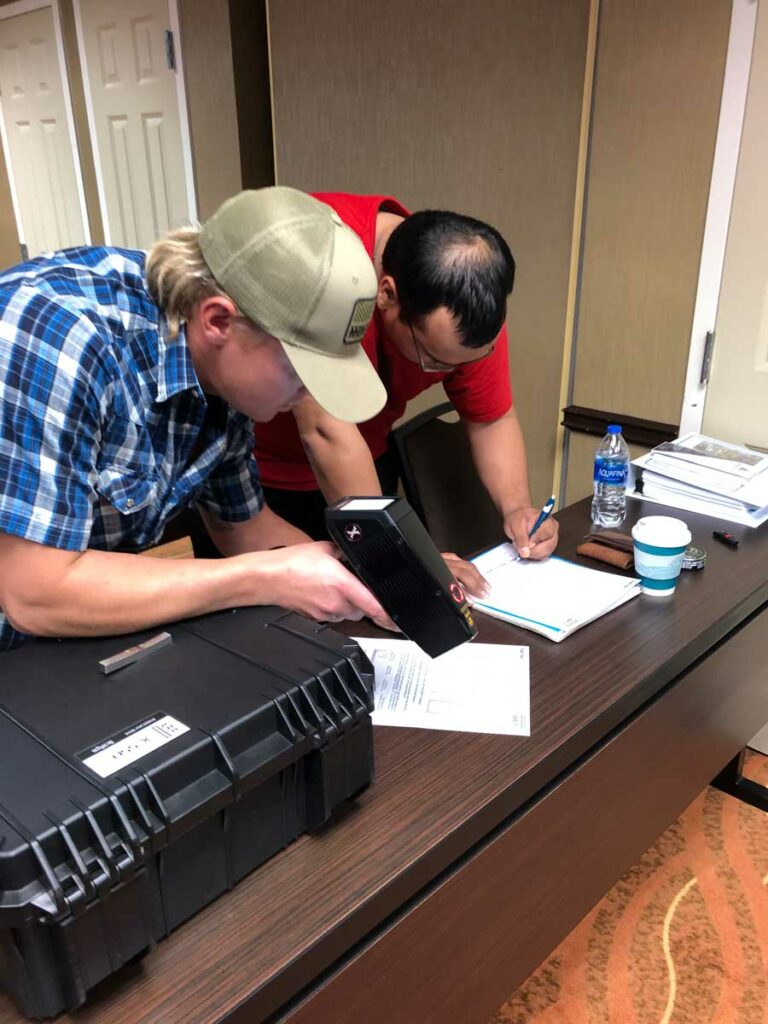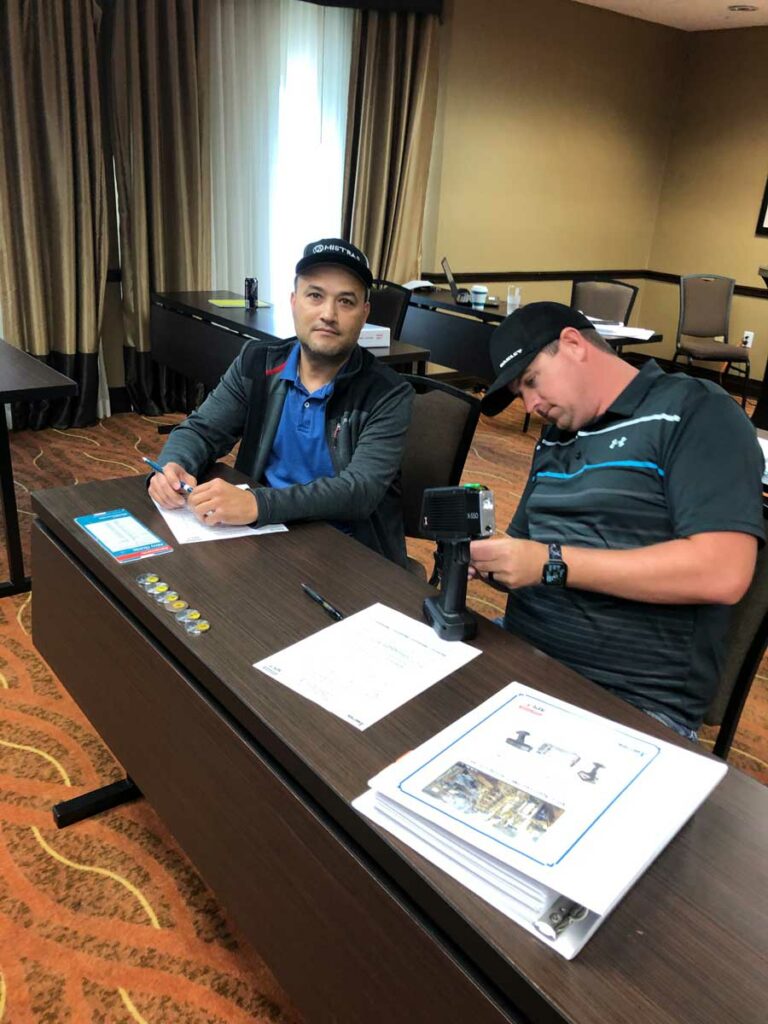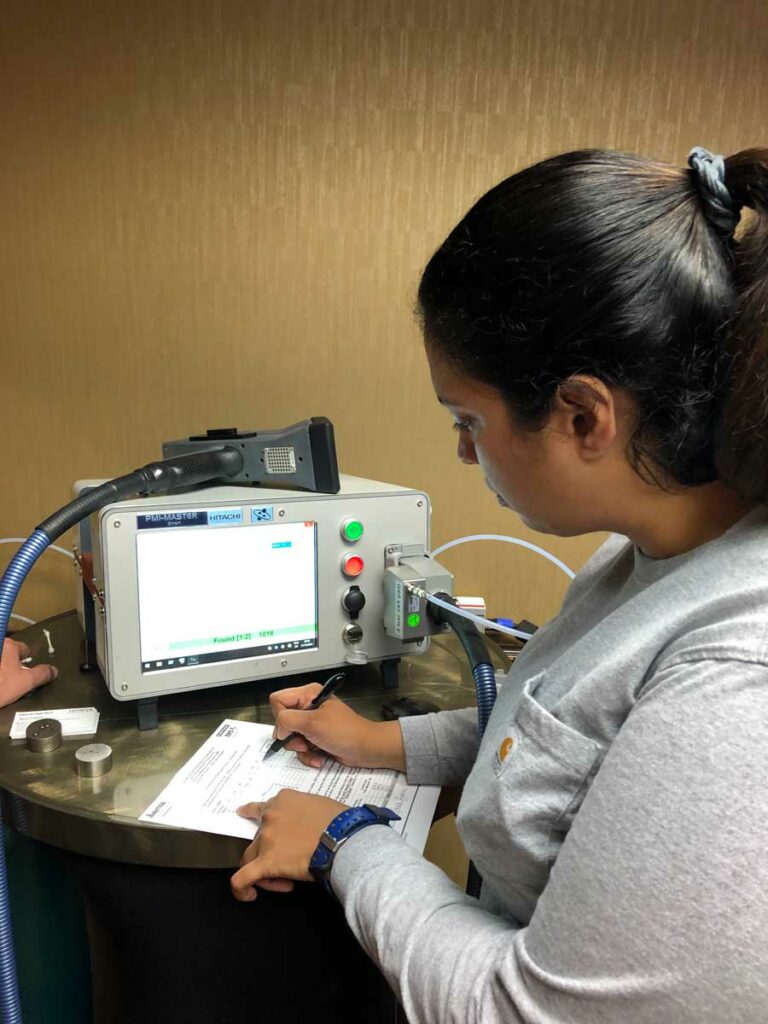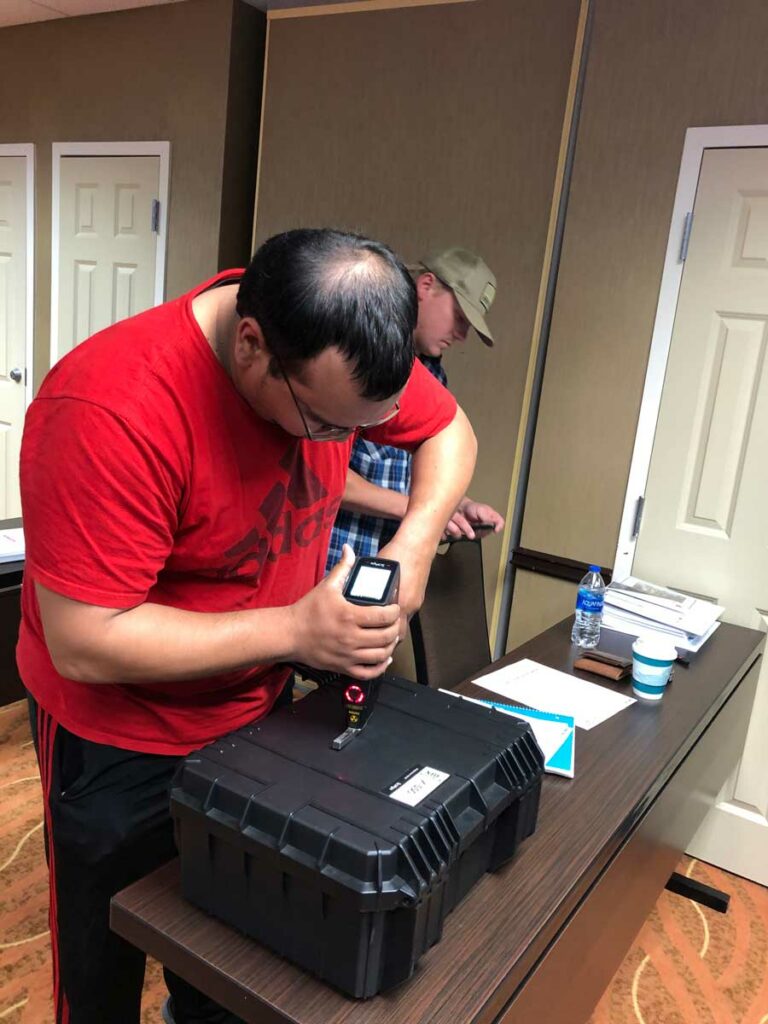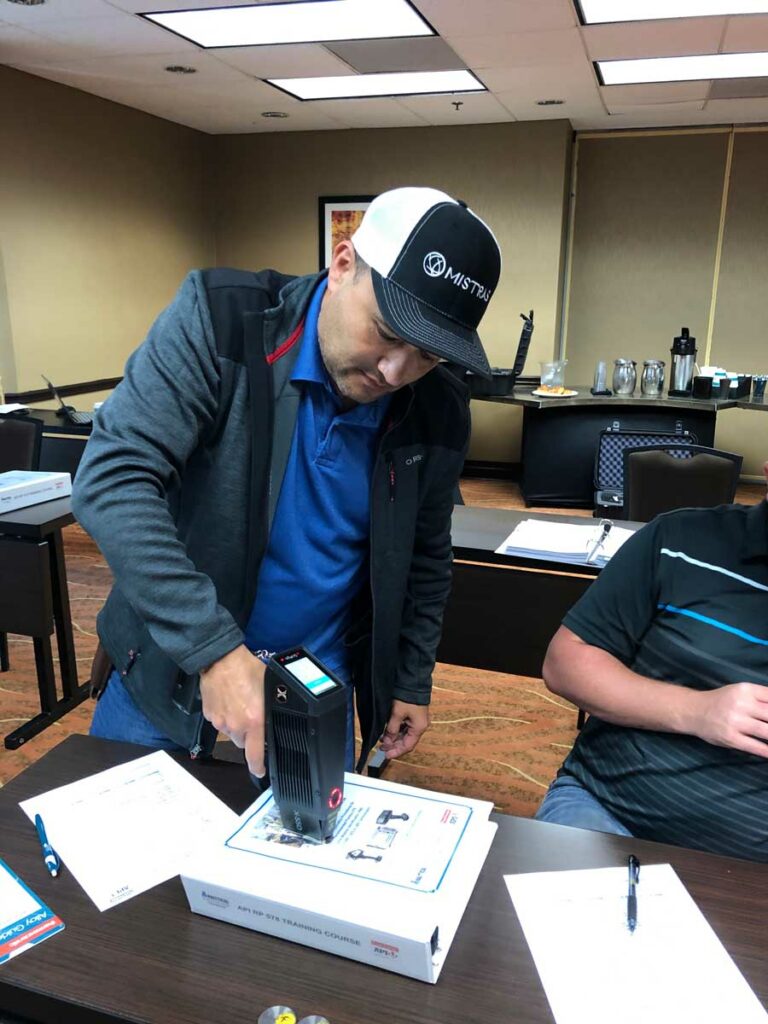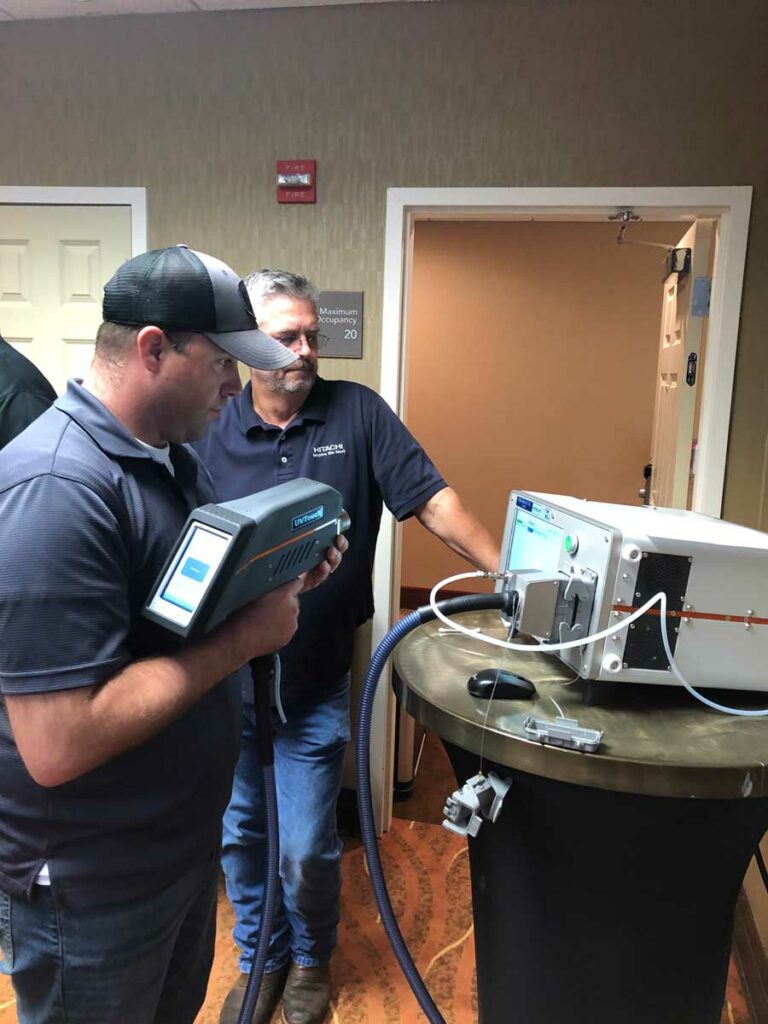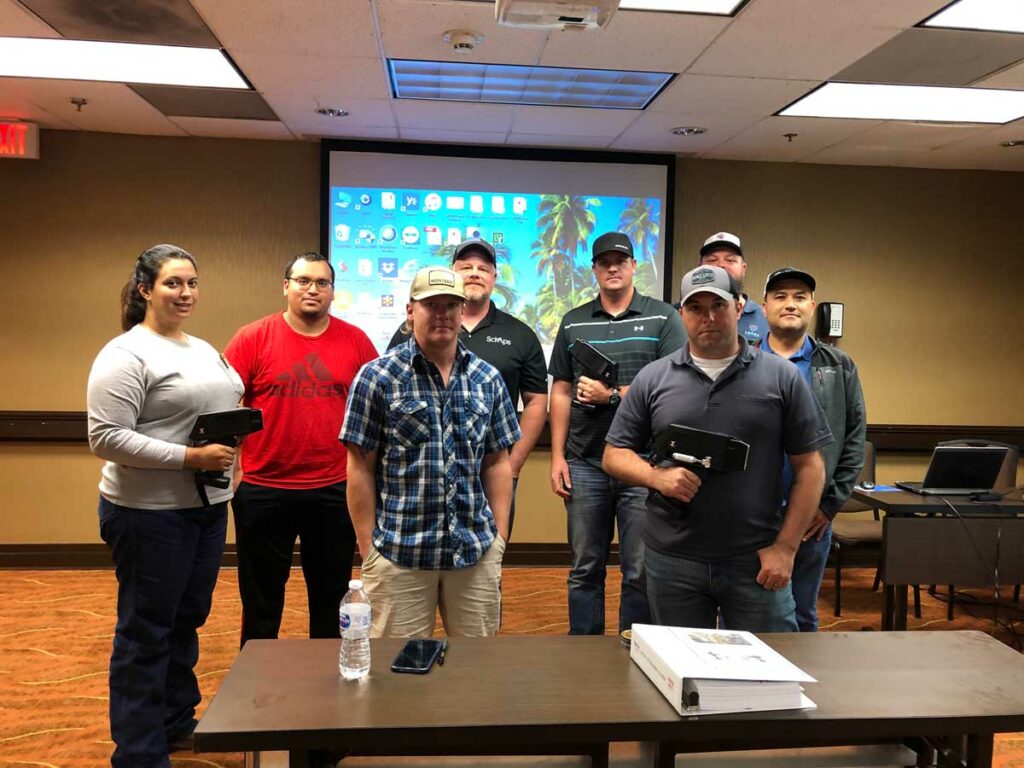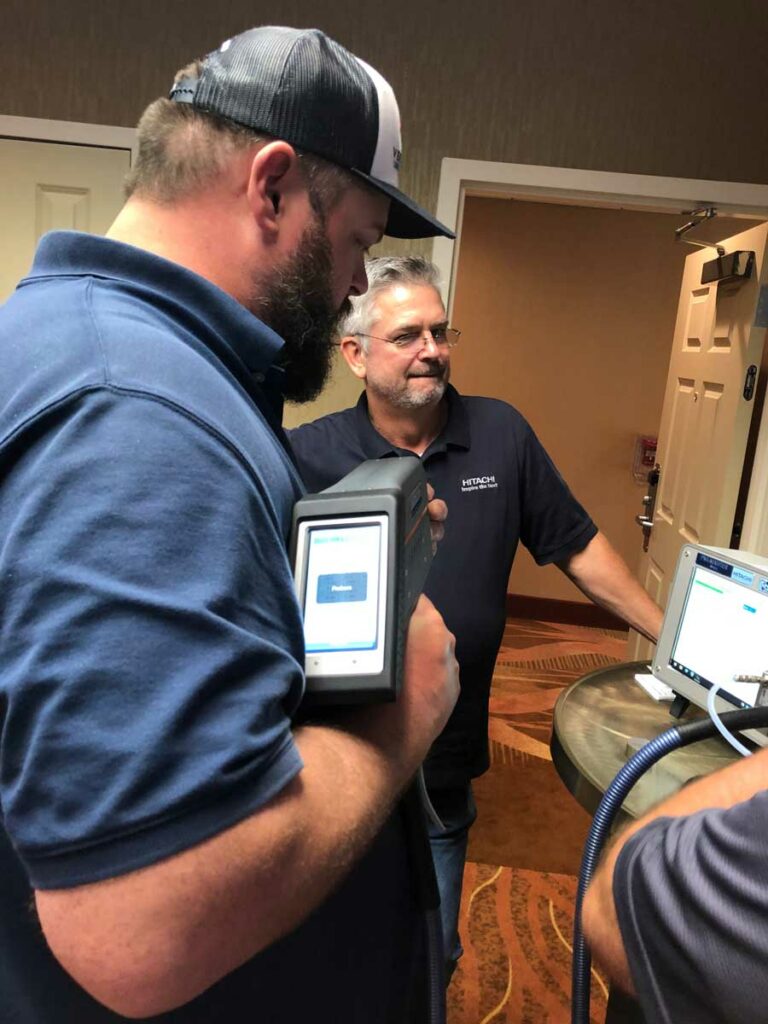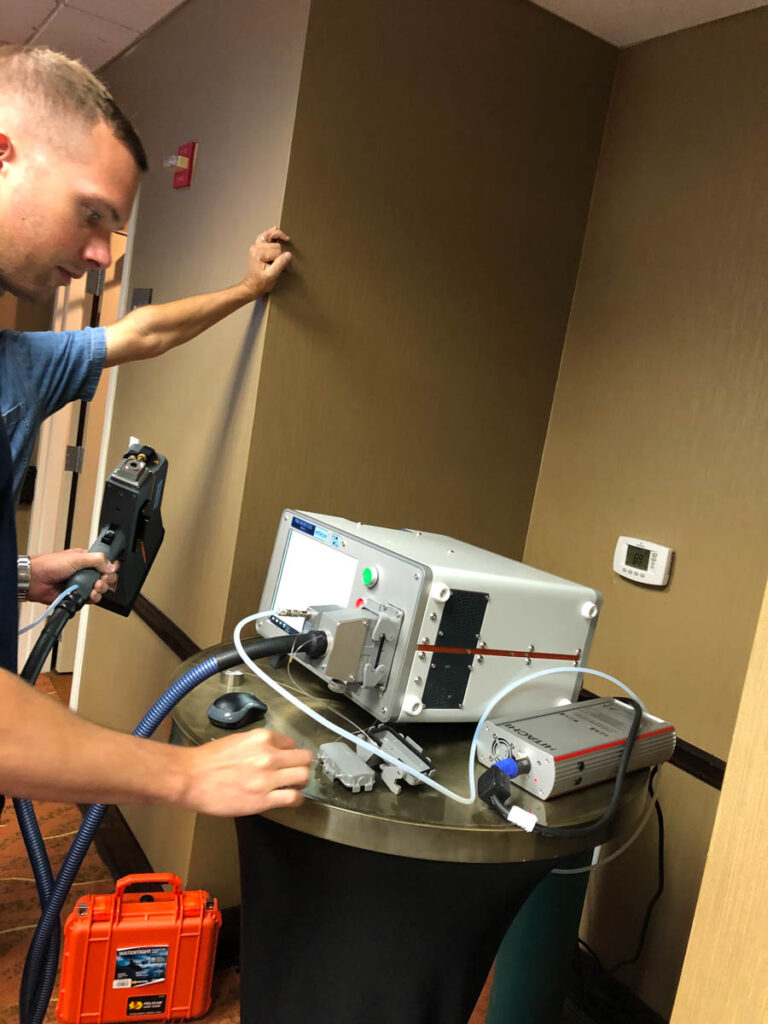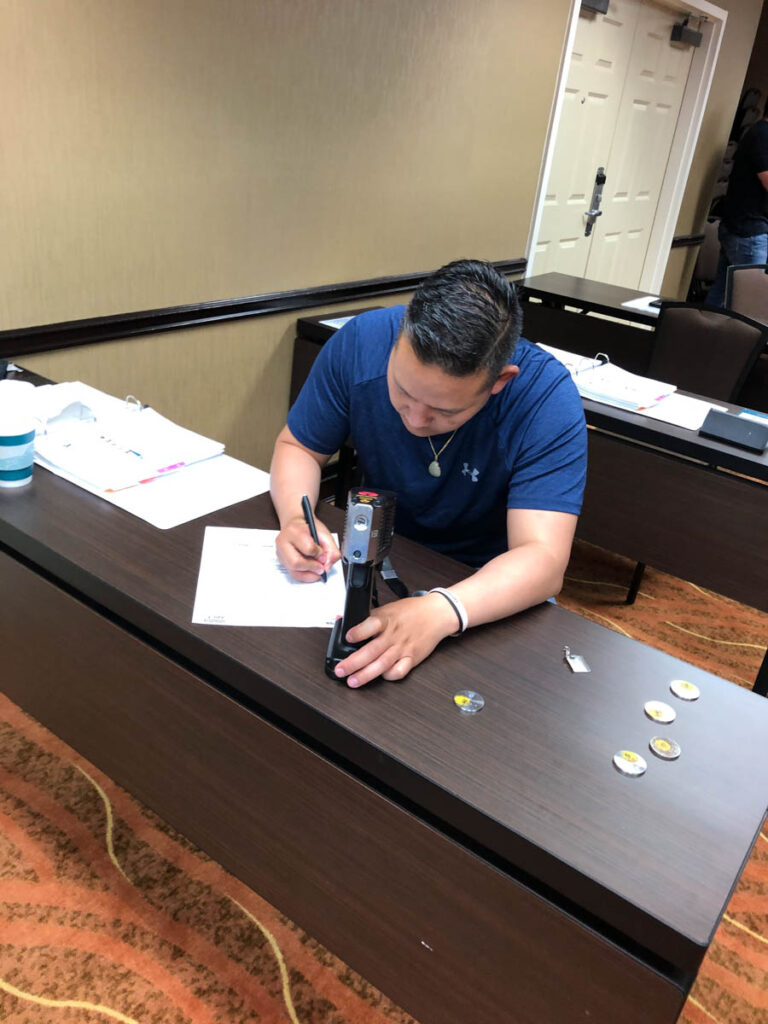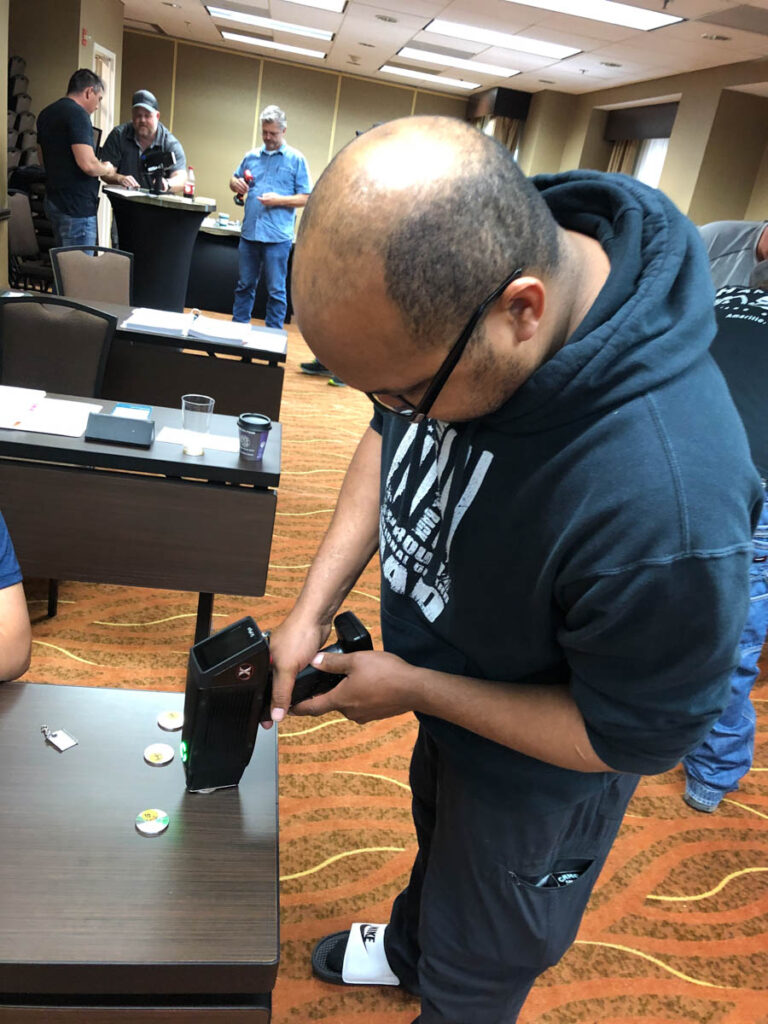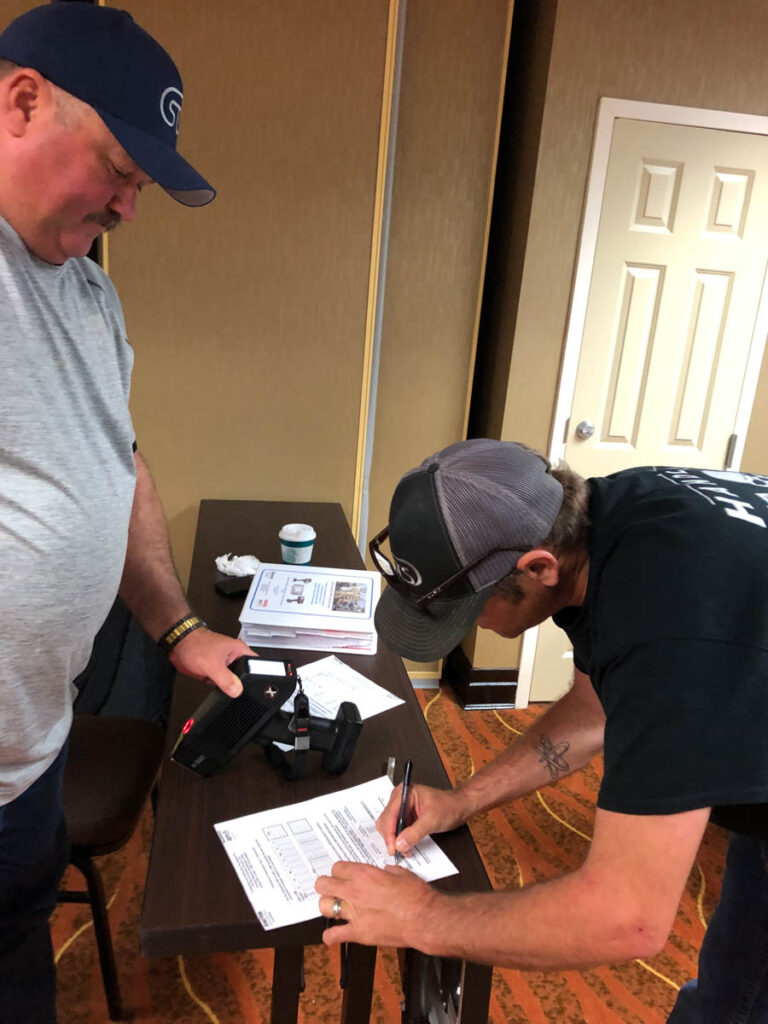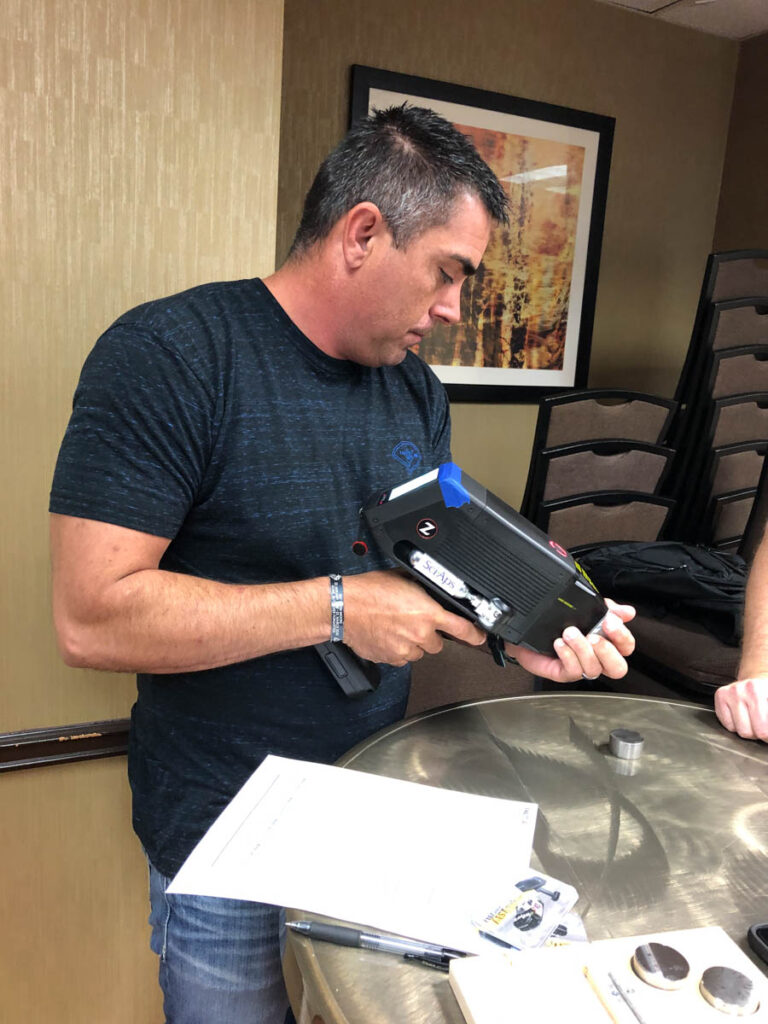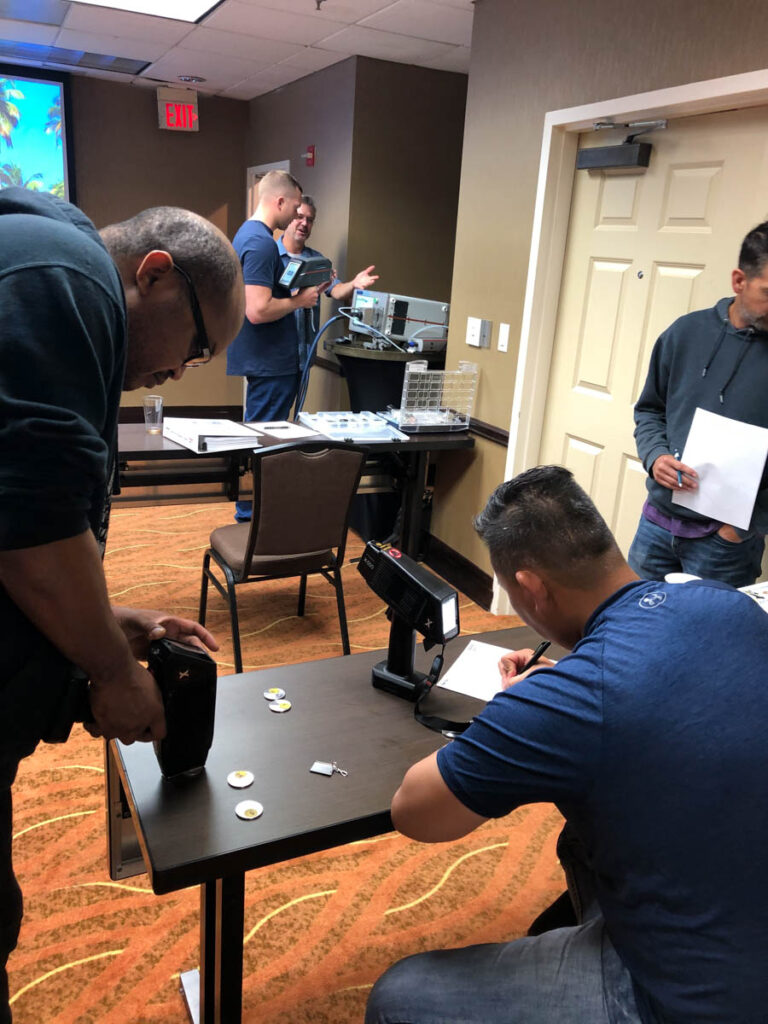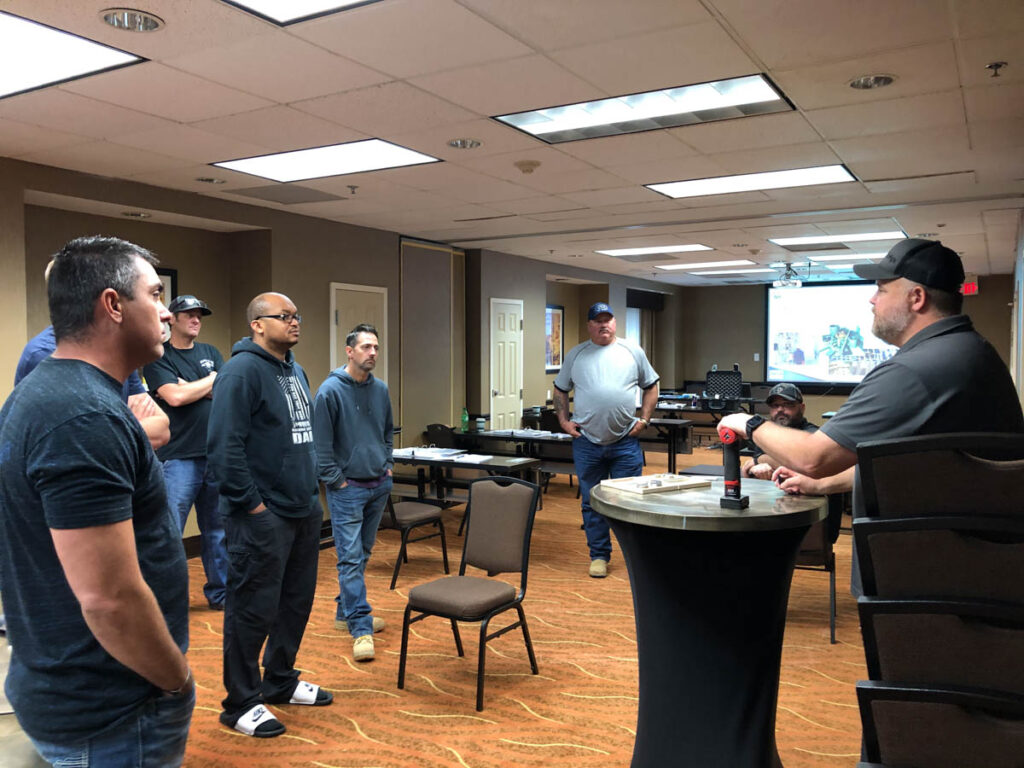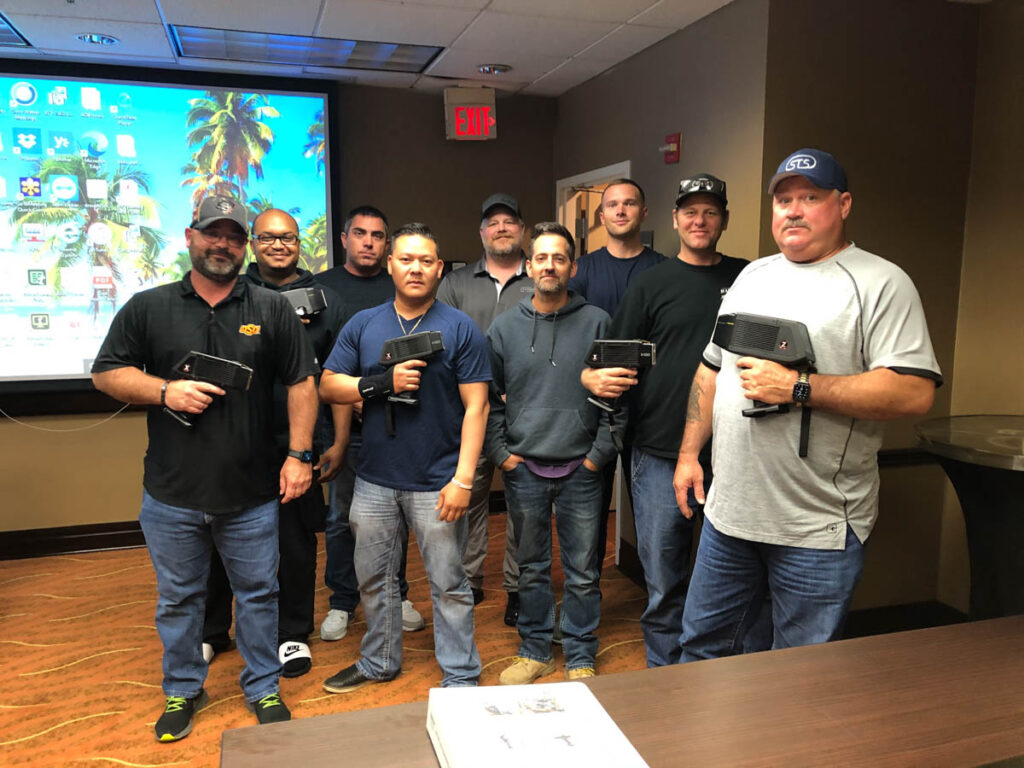News + Info
API 578 training has moved to the Pipeline Research Council (PRCI) Technology Development Center at 6410-J Langfield Rd, Houston, TX 77092 effective August 17, 2022
Measuring Pipeline Chemical Composition Using Laser Induced Breakdown Spectroscopy (LIBS)
Abstract
Recent PHMSA safety rules governing the operation of gas pipelines require operators to ensure material records are 100% traceable, verifiable, and complete (TVC) within the guidelines for the Pipeline Material Verification process defined under 192.607. Testing for chemical composition is a critical input where records are incomplete and while performing grade estimations for MAOP reconfirmation. Emerging non-destructive technology using portable handheld laser induced breakdown spectroscopy (LIBS) for in-situ analyses offers one NDE methodology for assessing pipeline steel composition. We will present the LIBS technology including performance for carbon, carbon equivalency in addition to the concentrations of microalloying elements such as Nb, V, Ti, Al that may be present in the sample.
Carbon is the principal element contributing to a steel’s hardness and strength and adjusting the content is simplest practice to change its mechanical properties. Addition of alloying elements can produce favourable characteristics not achievable in typical C-Mn steels and have a strong influence on effects of heat-treating. Microalloying elements allow the producer to reduce carbon content to achieve strength while reducing susceptibility to cracking with lower carbon equivalency. Therefore, it is important for mills, producers, and fabricators to be able to measure carbon, carbon equivalency and amounts alloying elements in accordance with API Recommended Practice 578.
This presentation will provide practical guidance to inspectors, quality, and maintenance personnel on equipment selection and how to use laser induced breakdown spectroscopy (LIBS) analyzers to verify the amount of constituent elements in steel components and finished welds. The application is intended to evaluate new and existing, in-service products, work in process and finished goods to determine if they meet the acceptance criteria required for service.

